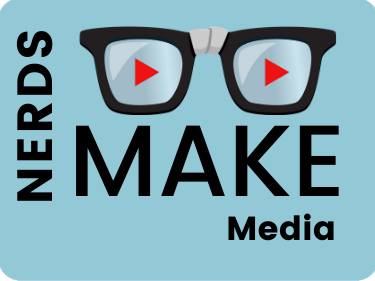In my imperfect analogy, those in Training and Development are like handymen and women. However, instead of fixing problems like broken windows and faulty wiring they have to deal with performance gap problems like employees not being able to enter data properly into databases or answer help desk questions in a timely manner. The hammer is only one of the tools in the handyman’s toolbox. In the human performance technology toolbox there are also an assortment of tools, in this case meant to fix performance gaps. Instructional design is just one of a selection of tools including organizational development, human resource management, total quality management etc. In a progressive organization our T & D handyman is given a nice big toolbox full of all kinds of tools to pick from to best repair the problem. She is also given enough time to troubleshoot and repair the problem properly. Instructional Design is but one of the tools at her disposal, as not all problems can be fixed by training. Some performance gaps are caused by environment, worker morale, lack of resources etc. and thus will require different tools to do the job.
However, in all too many organizations our friendly T & D professional is not given a full toolbox to do their jobs with. In addition, some of the tools may be locked away and she is not given access to the keys to all the drawers in her toolbox. Or perhaps the key-keeper manager will limit the time she is allowed to use the tools – like an Instructional Designer who is not given adequate time or resources to do enough analysis.
Another unfortunate possibility is that this key-keeper/manager is not willing to do the hard work of changing the organizational climate that is causing the problem and instead insists that the employees just need more training. This would be like our poor handyman being told to fix the broken window with a socket wrench – it’s just not the right tool for the job.

